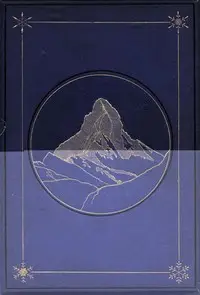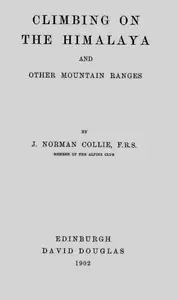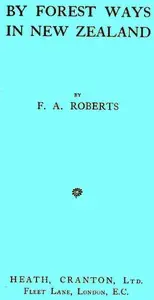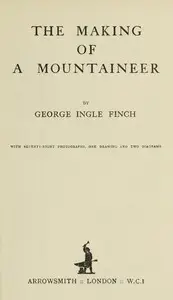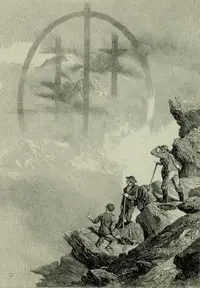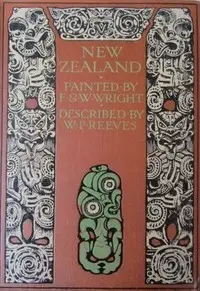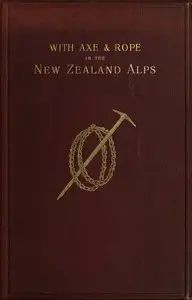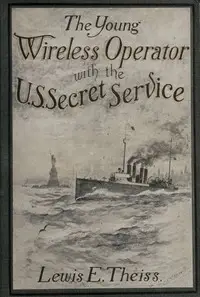"A Climber in New Zealand" by Malcolm Ross is a memoir about climbing adventures in New Zealand's Southern Alps during the early 1900s. Ross shares his own experiences, and those of others, climbing mountains, particularly Mount Cook. He describes the impressive mountains, talks about early explorers and climbers like Rev. William Spotswood Green, and brings the beautiful nature of the area to life, including plants, animals and glaciers, while sharing the difficulties of mountain climbing.
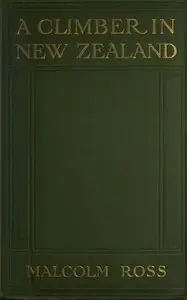
A climber in New Zealand
By Malcolm Ross
A writer recounts perilous climbs and breathtaking scenery in early 20th century New Zealand, detailing both the physical and mental challenges of scaling the Southern Alps' majestic peaks.
Summary
About the AuthorMalcolm Ross was a New Zealand journalist, mountain climber, and a war correspondent during the First World War. Born in Otago, he was employed by the Otago Daily Times from 1882 until 1889, when he began working for the Union Steam Ship Company. He resumed his career as a fulltime journalist in 1897, relocating to Wellington to report on parliamentary matters. Following the outbreak of the First World War, he went to German Samoa to cover its seizure by the New Zealand Military Forces. He was selected as the official war correspondent for New Zealand, reporting on the exploits of the New Zealand Expeditionary Force at Gallipoli and in Europe. His dispatches were criticised for their boring style and lack of timeliness although the latter was mainly as a consequence of constraints placed on him by the New Zealand Government. After the war he resumed his career as a member of the press gallery covering parliament until his retirement in 1926.
Malcolm Ross was a New Zealand journalist, mountain climber, and a war correspondent during the First World War. Born in Otago, he was employed by the Otago Daily Times from 1882 until 1889, when he began working for the Union Steam Ship Company. He resumed his career as a fulltime journalist in 1897, relocating to Wellington to report on parliamentary matters. Following the outbreak of the First World War, he went to German Samoa to cover its seizure by the New Zealand Military Forces. He was selected as the official war correspondent for New Zealand, reporting on the exploits of the New Zealand Expeditionary Force at Gallipoli and in Europe. His dispatches were criticised for their boring style and lack of timeliness although the latter was mainly as a consequence of constraints placed on him by the New Zealand Government. After the war he resumed his career as a member of the press gallery covering parliament until his retirement in 1926.

